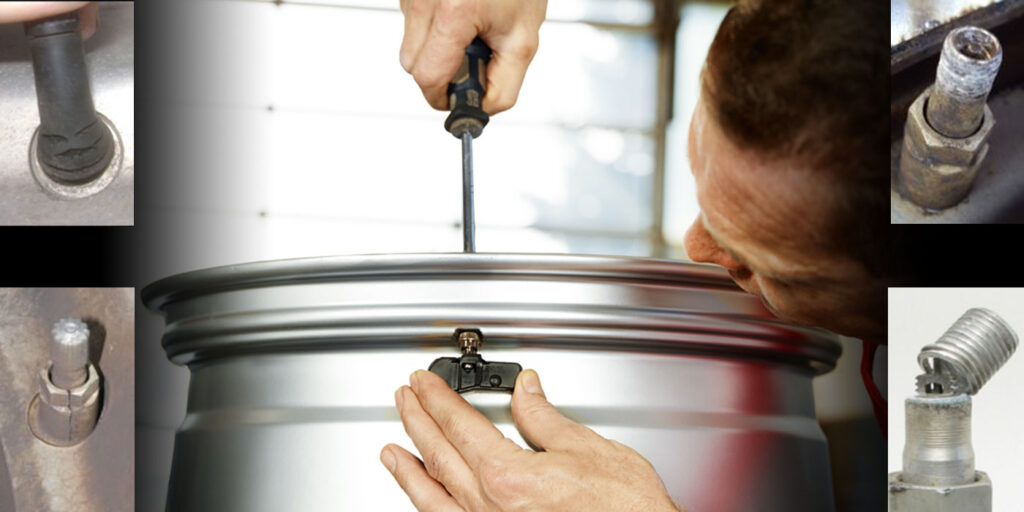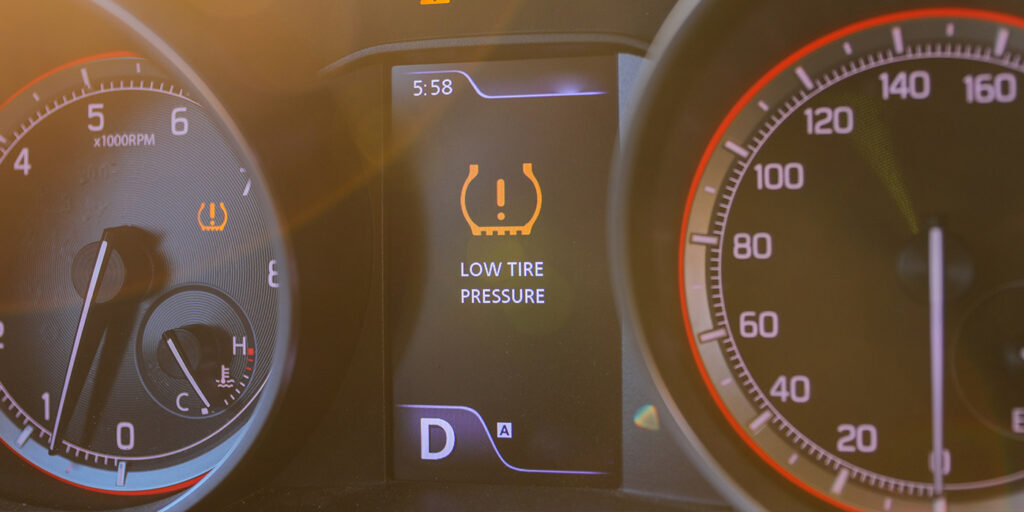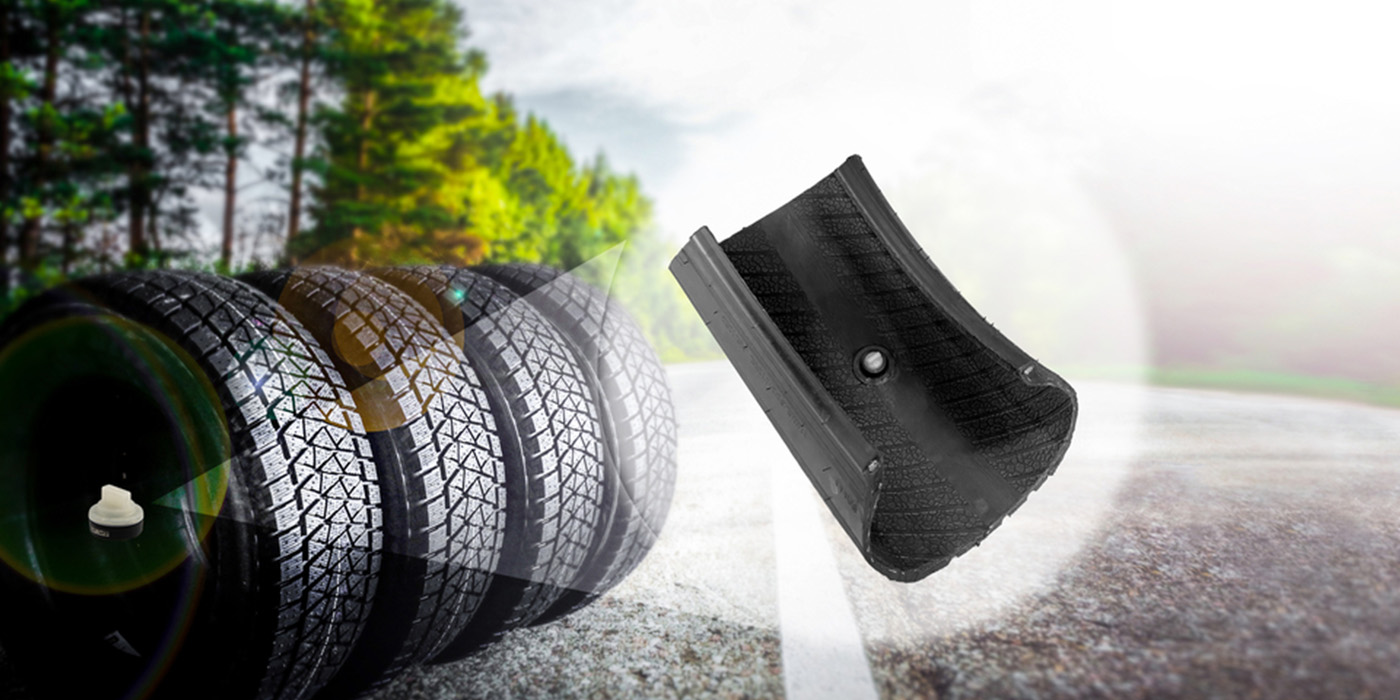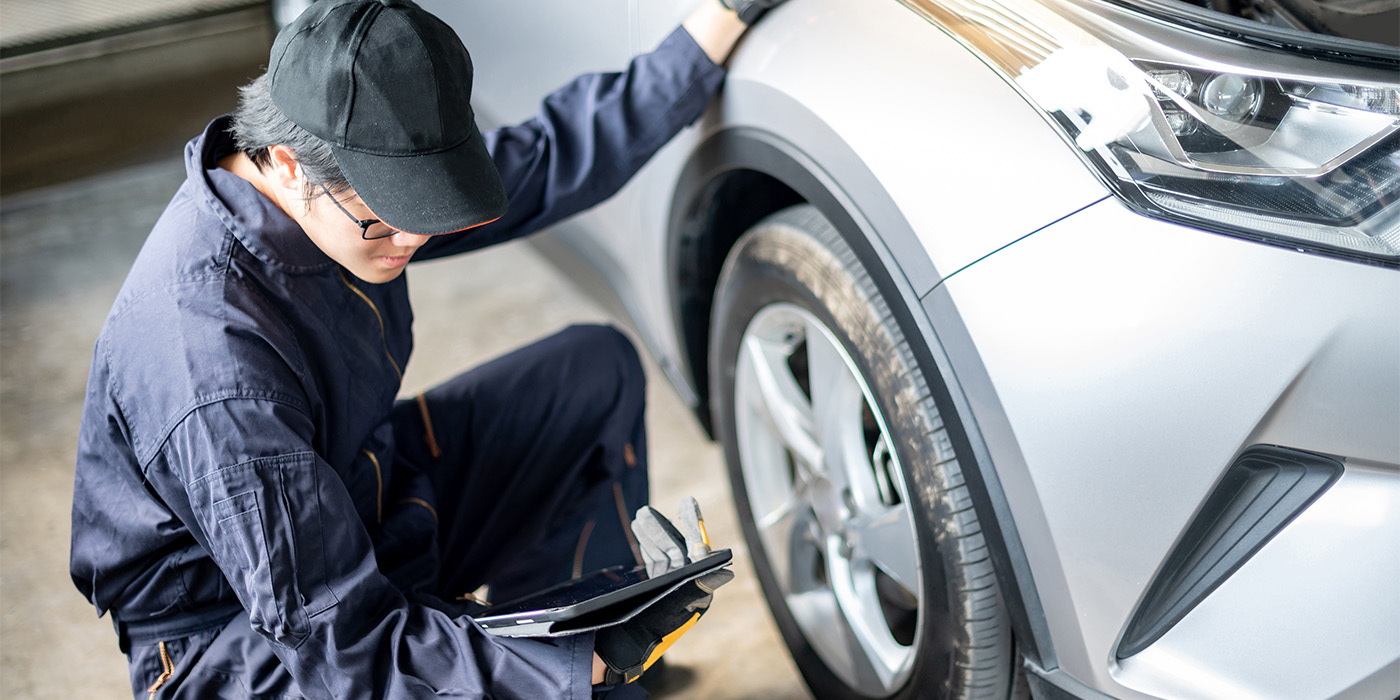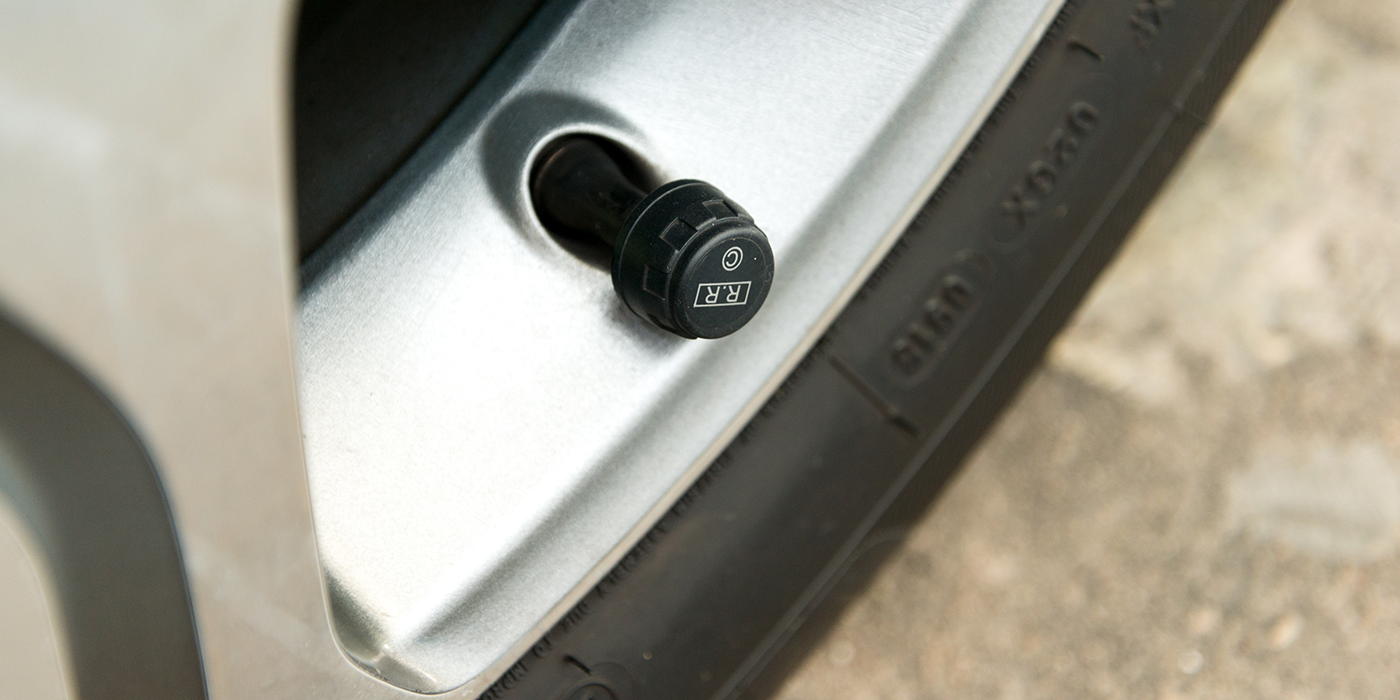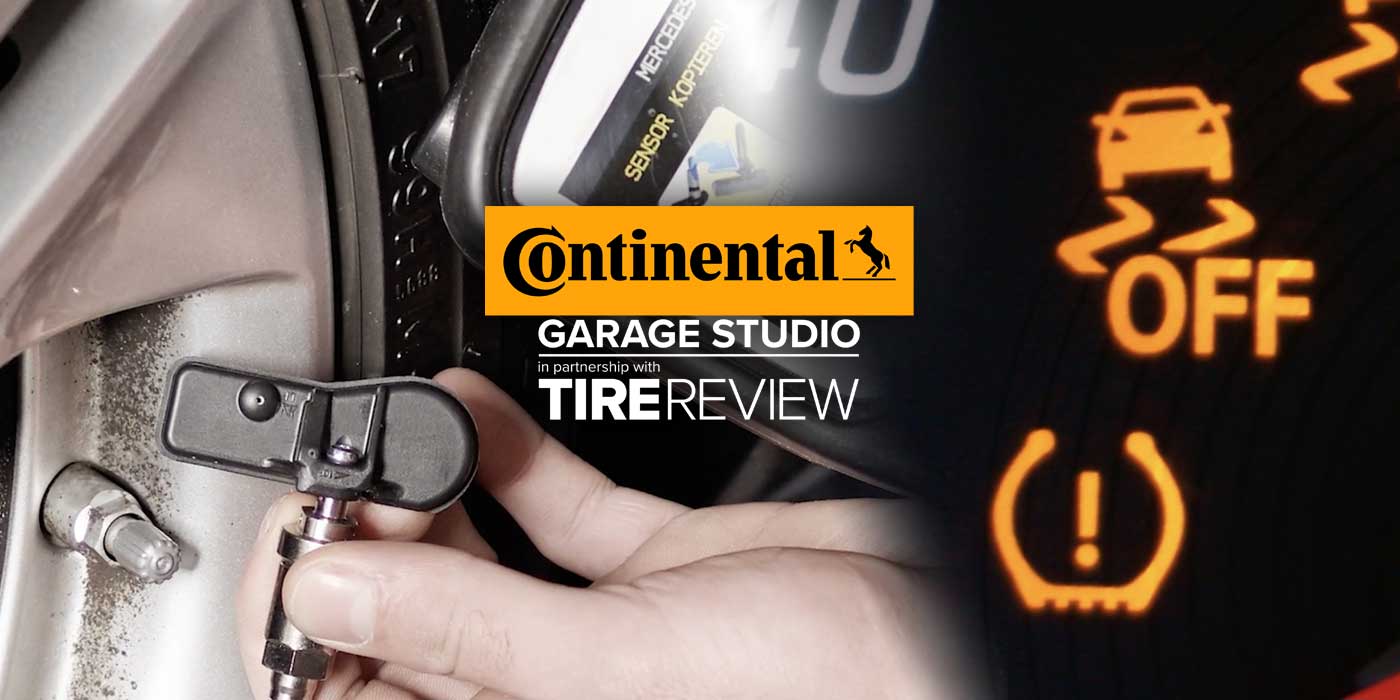TPMS service doesn’t have to be difficult, but there are several factors that can make it complicated. These include multiple sensor choices, application variants, scan tool issues and incorrect installation procedures. One way to avoid these problems and make your TPMS service easier and more profitable is to be aware of common pitfalls that technicians often encounter.
Using a TPMS tool with out-of-date software

Keeping your TPMS scan tool up to date is one of the most important service steps you should take because most of the service issues you will encounter can be caused by out-of-date tool software. The ability to diagnose TPMS faults and relearn sensors to the vehicle are the two most notable problems you’ll run into if your scan tool is not up to date.
TPMS tool manufacturers update software almost on a monthly basis. Many factors can initiate a software change, such as new vehicle model introductions or older vehicle recalls. Keeping your scan tool up to date with the latest software will ensure quick and accurate relearns. This is especially important as new TPMS sensors are introduced to the market.
Failure to perform a factory relearn
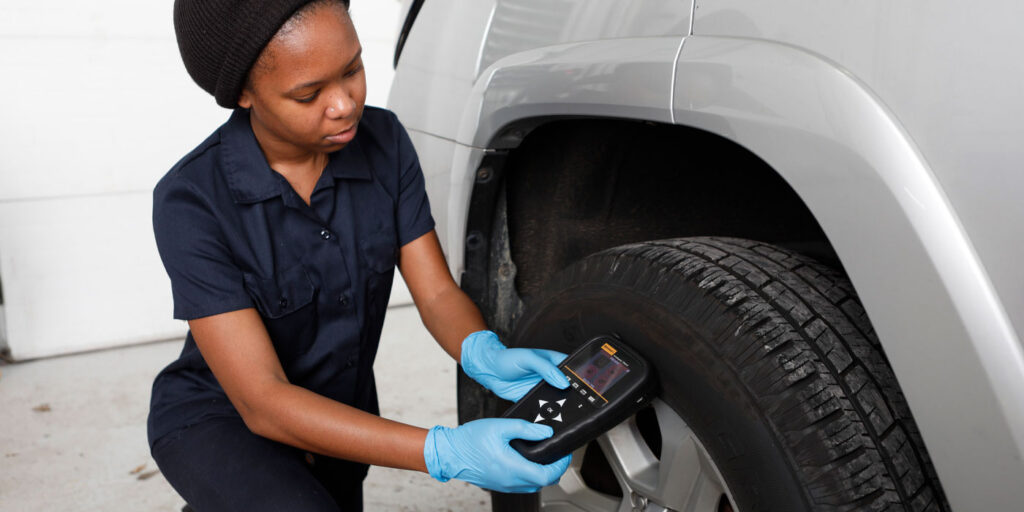
A TPMS factory relearn procedure is always required whenever a TPMS sensor is serviced or a new TPMS sensor(s) is installed. This will help ensure that the entire TPMS system is fully functional. Because the sensors work in harmony with the vehicle’s receiver, skipping this step can send incorrect information to the vehicle operator and create a safety concern.
Not replacing sensor service parts
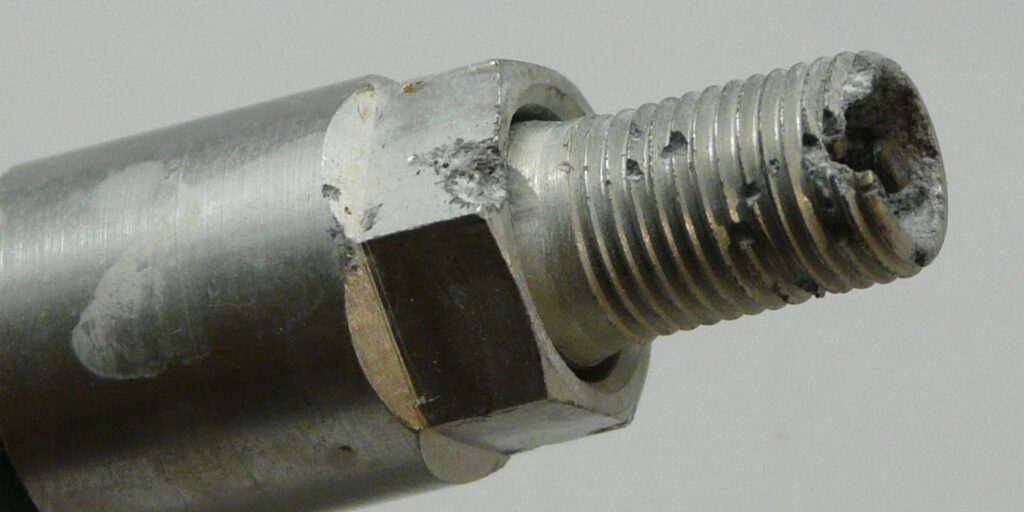
Every time you perform a tire service, you should use a service kit to replace the TPMS sensor hardware. For metal clamp-in sensors, this can include mounting seals, washers, hex nut, valve core and cap. For sensors with rubber snap-in stems, the entire stem complete with valve core and cap need to be replaced.
This is highly recommended and very important. These components are key to providing a leak-free seal between the TPMS sensor and the wheel, as well as prolonging the life of the sensor. You should never reuse the old service parts.
Not verifying the vehicle data
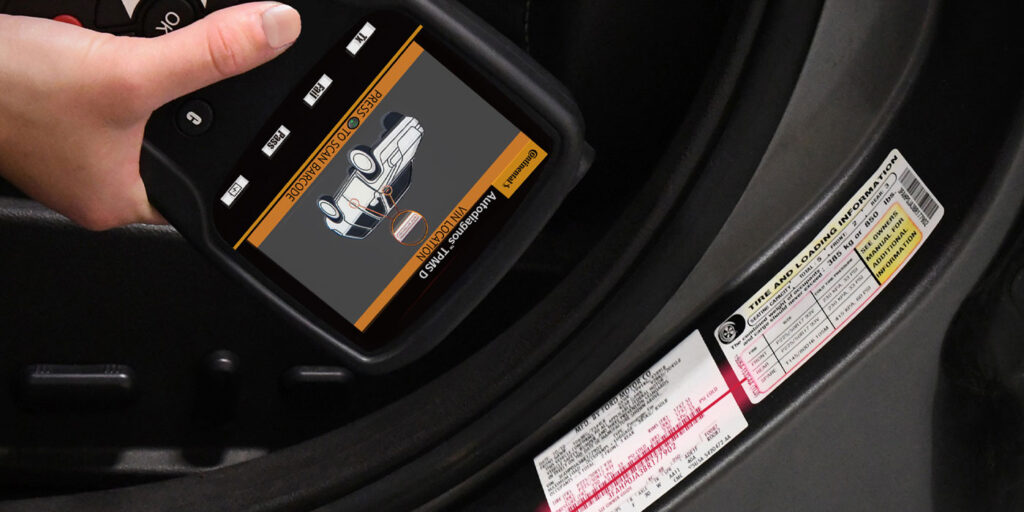
In order to accurately determine and install the correct replacement TPMS sensor, it is essential to have the exact vehicle year, make, and model data. Quite often the vehicle model year is not the same as the vehicle build date. There are a couple of easy ways to identify the correct vehicle data quickly and accurately.
One way is to confirm the production year by using the 10th digit of the VIN. Another is to use a relearn tool with a VIN reader feature. Either way, knowing exactly what vehicle is being serviced will help you to easily identify the correct replacement TPMS sensor.
Not performing factory relearn after tire rotation
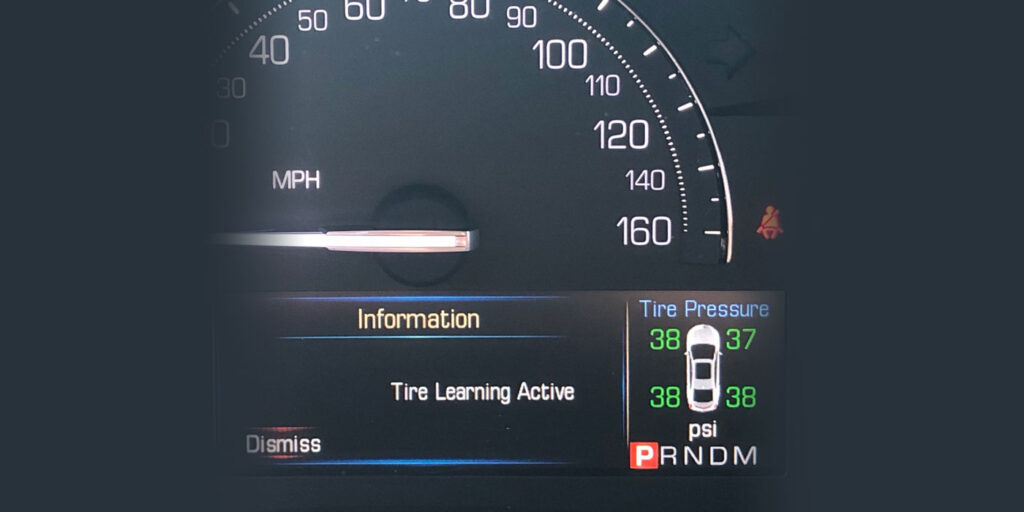
A TPMS factory relearn procedure is also required whenever you rotate the tires or change the tire location on a vehicle. Many vehicles offer a “pressure by location” feature that shows drivers which tire is not at the factory-recommended pressure. If the tires are rotated and a relearn is not performed, the TPMS sensors could transmit an incorrect location to the driver.
Sean Lannoo is a Continental Sales Technical Training Supervisor Redi-Sensor. Continental is a manufacturer of complete Tire Pressure Monitoring Systems, sensors and service parts. In addition to its REDI-Sensor multi-application TPMS sensors, Continental also provides a complete line of Autodiagnos TPMS service tools.

